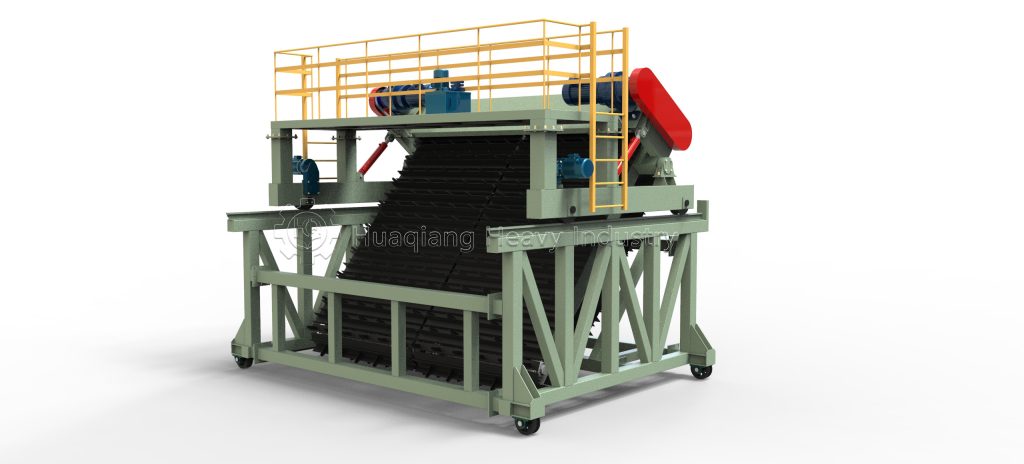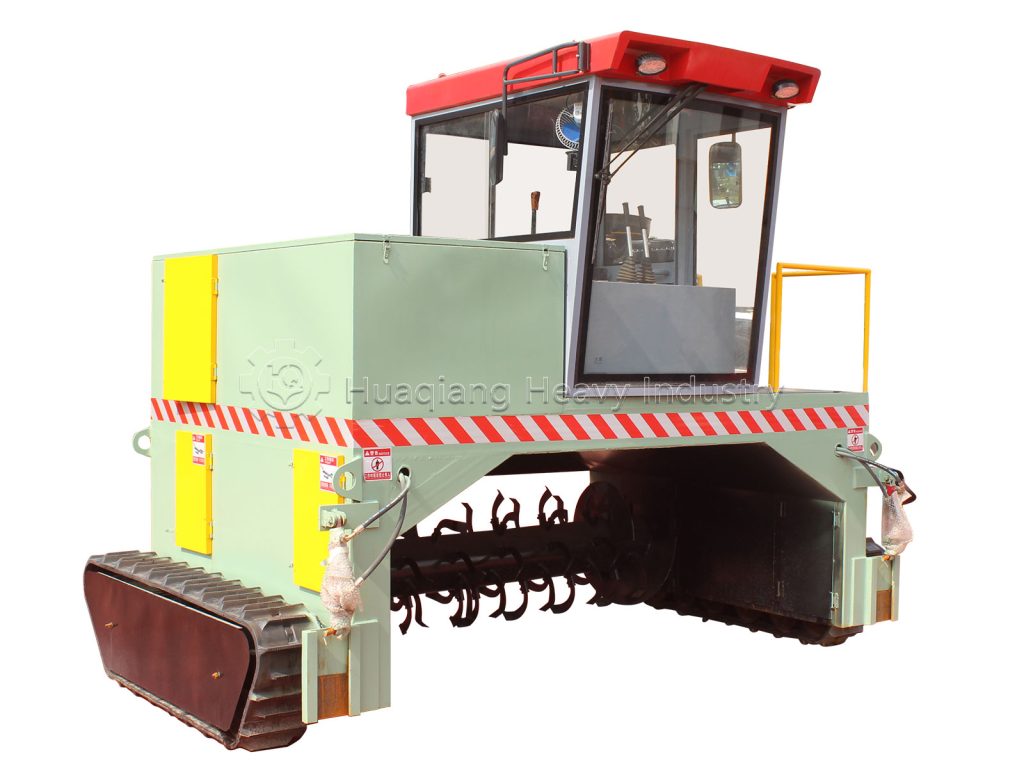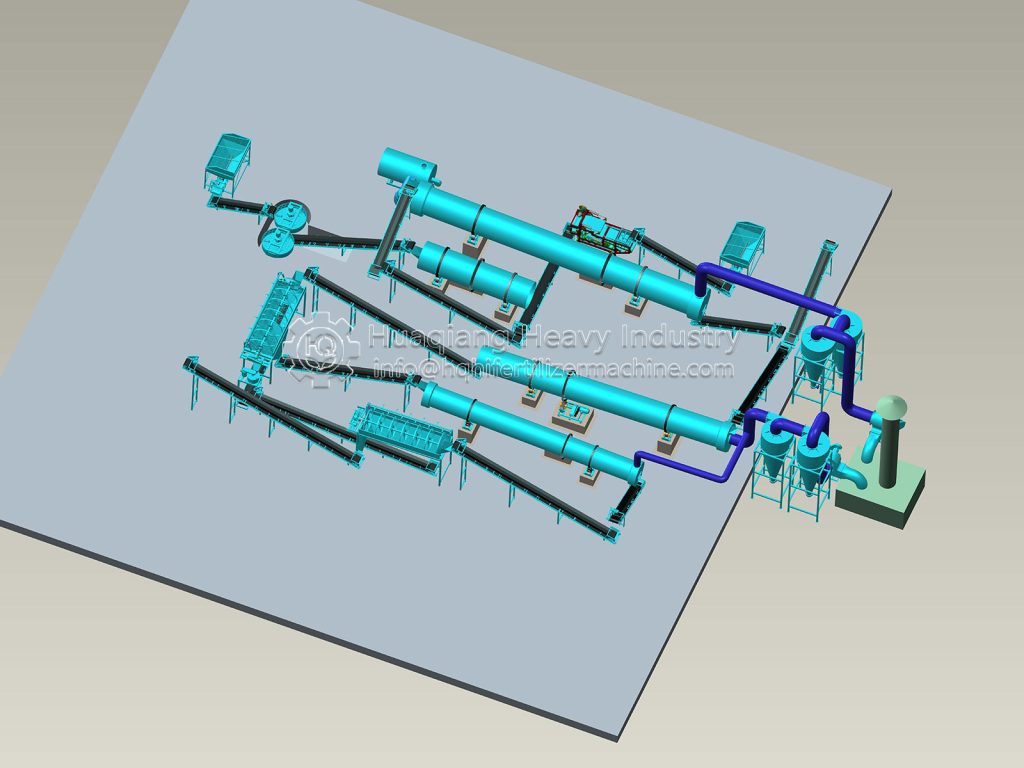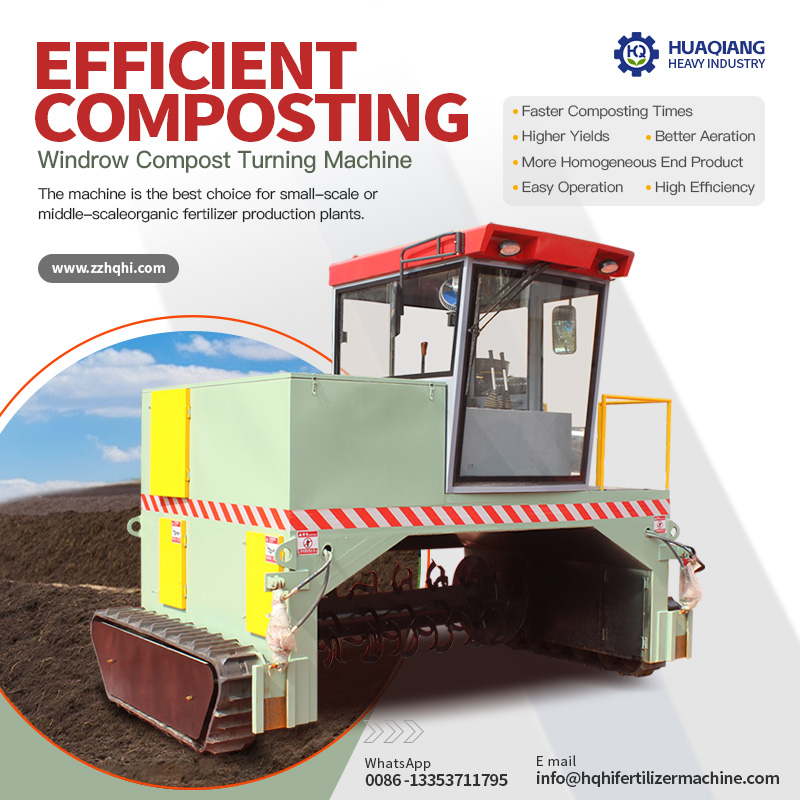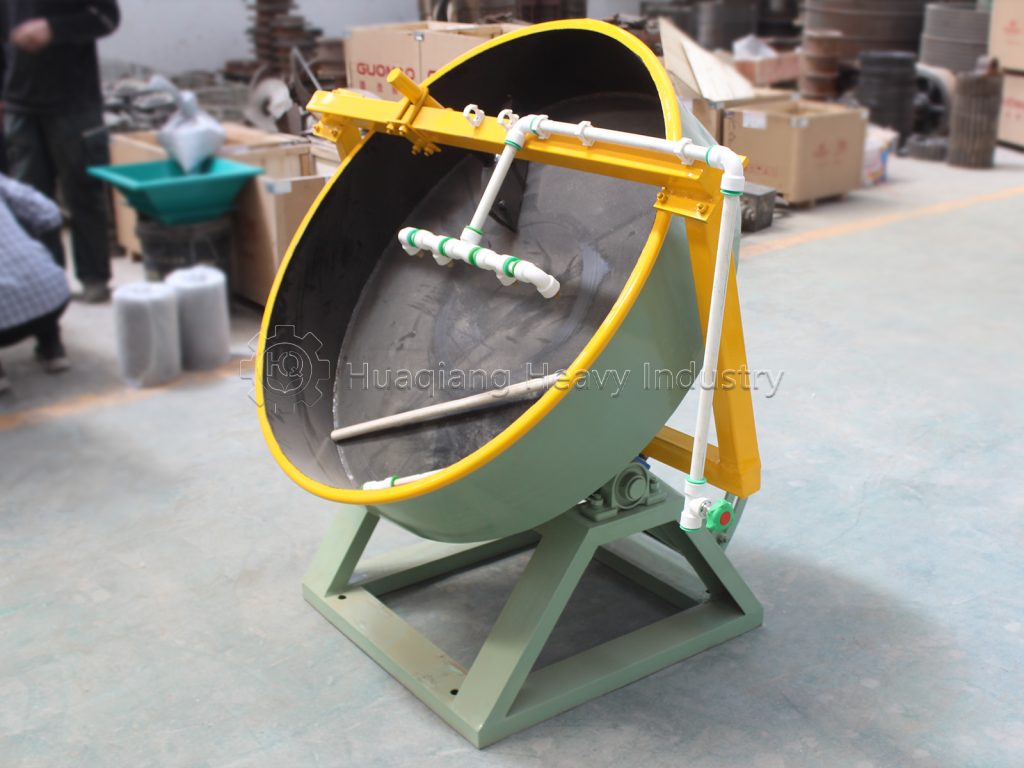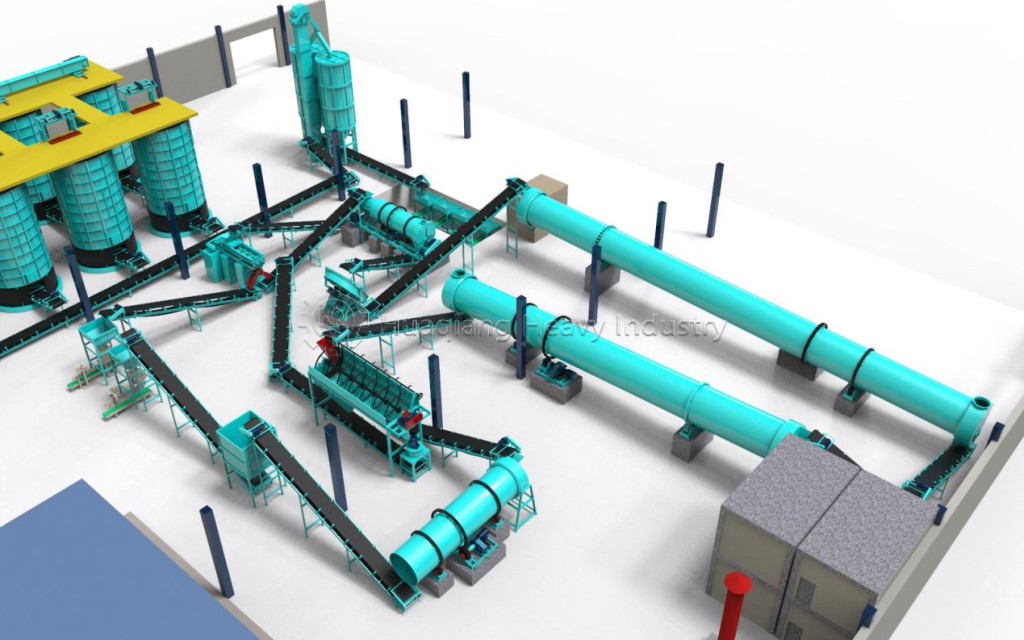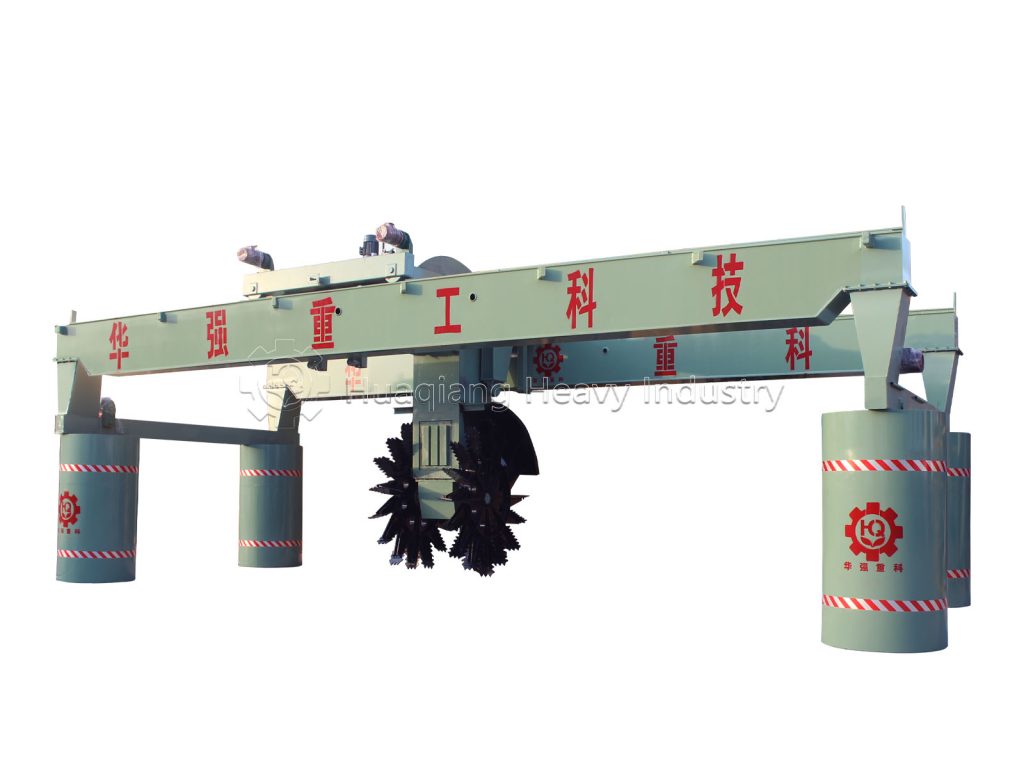Core Features of the Bio-Organic Fertilizer Production Line
Amidst the wave of green agricultural transformation, bio-organic fertilizer production lines are a key link between agricultural waste resource utilization and soil fertility improvement. Their strengths lie in four key dimensions: efficiency, environmental protection, quality, and intelligence.
Efficient production is the primary highlight of the bio-organic fertilizer production line. The production line utilizes continuous operation, integrating all processes from raw material pretreatment to finished product packaging. An automated loading system, combined with high-temperature aerobic fermentation technology, shortens the composting process from over 30 days to 7-10 days. A single line boasts an average daily production capacity of 50-200 tons, significantly improving supply efficiency and meeting the needs of large-scale agriculture.
Environmental protection is a core competitive advantage. The enclosed design prevents exhaust gas leakage, and the biofilter deodorization system removes over 95% of harmful gases such as ammonia and hydrogen sulfide. Solid-liquid separation enables waste recycling, with treated liquids used for irrigation and solid residues used as raw materials. This truly “zero waste” approach helps control agricultural non-point source pollution.
Product quality and stability are outstanding. The production line is equipped with online testing equipment to monitor fermentation temperature, humidity, and pathogen levels in real time. Intelligent control ensures that the finished product maintains an organic matter content consistently exceeding 40%, an effective viable bacterial count of at least 200 million CFU per gram, and heavy metal levels far below national standards. This addresses the uneven quality of traditional compost and provides a guarantee for soil improvement.
Intelligent management and control injects technological vitality. The central control system remotely monitors and adjusts parameters, automatically adjusting agitation speed and ventilation volume based on sensor data, reducing manual intervention. It also records data from the entire process, creating a traceable quality profile for management optimization and quality traceability.
Furthermore, the bio-organic fertilizer production line offers flexible adaptability, allowing process parameters to be adjusted based on raw material type (such as straw, mushroom residue, and livestock and poultry manure). This allows for the production of specialized organic fertilizers tailored to different crops (such as fruits and vegetables, grains, and flowers) to meet diverse agricultural needs. This highly efficient, environmentally friendly, high-quality, and intelligent production model not only transforms agricultural waste into valuable resources but also contributes to the green and sustainable development of agricultural production.
